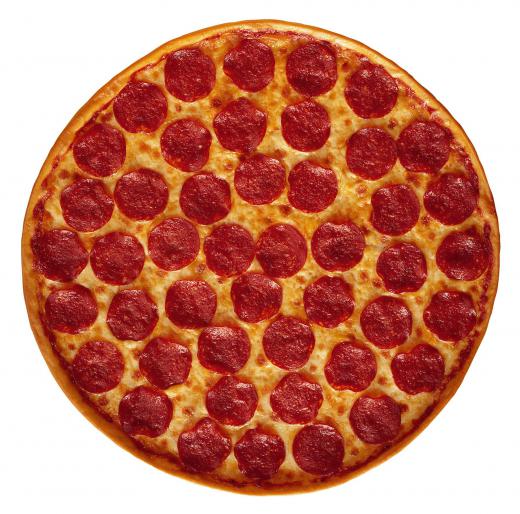Competitive eating is the process of consuming large amounts of food within a required timeframe. Traditionally, the eating contests were held at fairs to dispose of left over food. Now competitive eating has become big business. Competitors can take part in contests all over the country with large cash prizes awarded to the winners.
The International Federation of Competitive Eating (IFCO) holds events for competitive eating all around the world. In 2005 prize money awarded totaled 230,000 US dollars (USD). One of the most popular contests is held every 4th of July on Coney Island in New York. Nathan’s Hot Dog Eating Contest originated in 1916 and the event has been dominated by Takeru Kobayashi. The Japanese competitor managed to eat 54 hot dogs in 12 minutes and has won the contest six years in a row.

The main types of food eaten in the contests are of the fast food variety. Hot dogs, chicken wings, pickles, corndogs and pizza are staples of the contests. The contests usually last from around 8 to 12 minutes. Takeru Kobayashi is currently ranked number one in the world after eating 57 cow brains in 15 minutes.
Although most of the competitors are men, there are also women involved in competitive eating. Being large and overweight isn’t necessarily an advantage in competitive eating. The biggest advantage a competitor can have is the ability to actually stretch their stomach. Many competitors will drink gallons of water over a period of time in order to achieve this. This kind of training is frowned upon by medical experts.

Apart from having an unusually stretchable stomach, the other important factors seem to be hand to mouth speed and coordination. After the competition is over the competitors have very swollen stomachs. Their stomachs resemble overblown balloons that are ready to pop.
The IFCO have very strict safety guidelines laid out regarding competitive eating. Competitions must take place in a controlled area and only competitors over the age of 18 are allowed to enter. They also advise against any type of home training. There has been much talk regarding the inclusion of competitive eating as an Olympic sport. Although the IFCO have approached the Olympic committee, it seems that they will not be approving it at present.

Health aspects are a big factor in competitive eating. Very recently, competitive eating was a big hit on Japanese television. Due to a stunt involving the death of a speed eating student, it is virtually unheard of in Japan now. The biggest rule of competitive eating to remember is, don’t try this at home.

